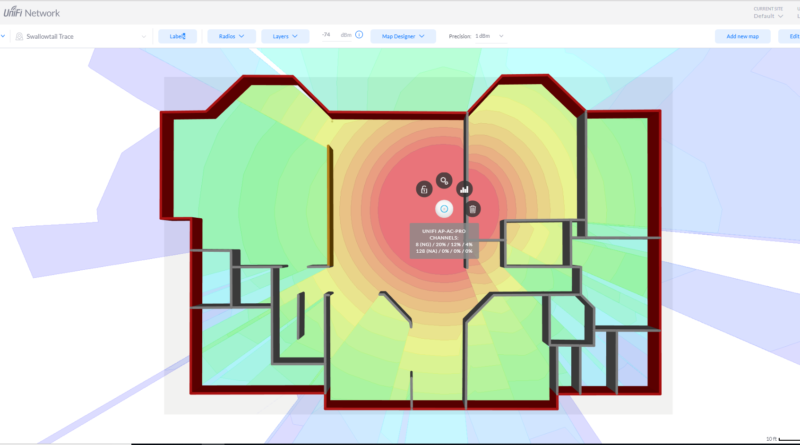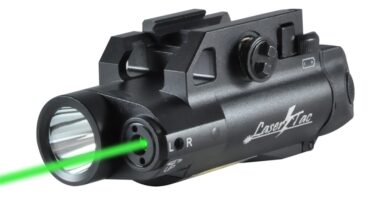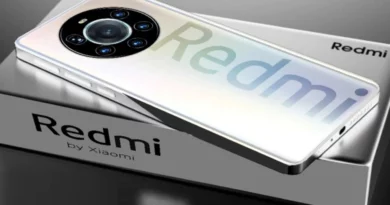How to Measure Unifi Wifi Coverage in 2022?Every Thing You Should Know
There are several ways to measure the coverage of your unifi wifi coverage. Using the NetSpotApp will yield a huge wealth of data spanning the whole spectrum, including both spectrum bands. But this estimate only partially reflects reality. It’s best for high-level coverage estimations, while an actual site survey is required for accurate measurement of signal strength. Alternatively, you can try using the UniFi Controller, which yields a lot of information but is limited to tracking WAP locations.
Unifi Wifi Coverage controller
Table of Contents
When determining whether your network provides adequate WiFi coverage, you should use a UniFi controller. These devices act as the brain of your network and are responsible for configuring each device. If you’ve recently purchased a unifi wifi coverage controller, it is likely to be integrated into your ISP router. It also provides firewall protection and insights into your network. However, some users may not be comfortable with the constant running of the controller software.
The UniFi Controller provides the power to deploy thousands of UniFi APs and map out your network. It can also manage system traffic, provision new APs, and monitor radio frequencies. Whether you’re installing UniFi APs indoors or outdoors, a UniFi controller can help you achieve the best possible coverage. In addition to this, it offers analytics and configurable reporting to keep track of your network’s performance.
Unifi Wifi Coverage Mesh Pro
The UniFi Mesh Pro is a high-density outdoor mesh access point that uses three dual-band antennas to provide better coverage and faster speeds. It also can act as the base station of a large mesh network. Mesh networks use one radio to talk to other access points and the other to connect to clients. While high-density unifi wifi coverage access points are not necessary for normal home or small office networks, they can help to cover large areas.
A good mesh access point can be mounted on a pole or wall. It doesn’t require any previous infrastructure and is easy to use. All accessories are included and the device also has a secondary bridging port. If your wifi coverage is poor, you might need to adjust the location of the router to improve its performance. The UAP-AC-Mesh-Pro comes with all the necessary accessories to install mesh network coverage.
Unifi Wifi Coverage In-Wall HD
The In-Wall HD wireless access point turns your Ethernet wall jack into a powerful WiFi access point. This device has 4 ethernet ports, a high 5Ghz speed, and high gain antennas to fill in any area where signal is weak. It is ideal for high-density environments like offices. But it has a few disadvantages. One of them is its limited range. If placed too high, furniture and other objects will block the wireless network signal.
Also Read: Chetak Result Lottery – How to Find It
The unifi wifi coverage In-Wall HD access point is designed for in-wall installation and is compatible with many single-gang electrical wall boxes. The device has a 10/100 Mb/s WLAN PoE+ Ethernet port and includes software for network monitoring, detecting RF interference, and setting up guest portals and hotspots. The software also lets you provision multiple units at the same time and configure their individual settings.
Unifi Wifi Coverage FlexHD
The UAP FlexHD from UniFi delivers enterprise-grade performance, unlimited scalability, and a central management controller. Its sleek design and flexible mounting options make it easy to deploy in virtually any location. Its wireless range is impressive, and users can be assured of the reliability and flexibility of their network. In addition, the UAP FlexHD is priced well below $130. This review will focus on the unifi wifi coverage FlexHD wireless access point, and the features and benefits it offers.
FlexHD’s two ethernet ports enable bridging to another access point and provide an extra uplink. The antenna design of the FlexHD is unique, unlike other UniFi access points, which rely on directional antennas to cover a large area. This makes it ideal for areas with a dense population, as it does not propagate as widely as other UniFi access points. Dedicated hardware offload ensures the fastest possible throughput and minimal latency.
Unifi Wifi Coverage Gen 1
While you might be looking for a wireless router with great wireless coverage, Gen 1 UniFi WiFi doesn’t meet that requirement. Gen 1 unifi wifi coverage uses a wireless standard called MIMO, which stands for multiple-input-multiple-output. Manufacturers typically designate this configuration as threex3, indicating that it contains three transmit and three receive antennas. In a nutshell, more antennas means more speed and better coverage.
Ubiquiti’s UniFi WiFi routers and access points are designed to serve different demographics. Gen 1 devices are no longer produced and are not recommended for new installations. They are not compatible with the unifi wifi coverage Network controller and have outdated firmware that won’t be updated to address new security vulnerabilities. On the other hand, Gen 2 and 3 access points are recommended for new installations. You may want to consider a Gen 5 or UniFi 6 model, which offer higher speed and coverage than the previous generation.
Unifi Wifi Coverage Gen 2
UniFi’s central management controller offers enterprise performance and unlimited scalability. UniFi access points feature a sleek industrial design and come with included mounting hardware. unifi wifi coverage Controller software is available online, and it’s perfect for enterprise WiFi deployments, where a central management interface is a must. It includes real-time status and statistics, and seamlessly integrates advanced security features. With more than one million users worldwide, UniFi offers a wide range of features to make your network the best it can be.
Also Read: Viridian C5L Gen 2 Glock 19 Flashlight, Surefire XH30, and Modlite PL350
UniFi APs use multicasting to determine which AP is the best fit for a particular client based on their signal. Once they have determined which AP is best, they serve that client. The Multi-Lane RF Technology feature isolates signals on the operating channel and rejects interference using specialized circuitry. The High-Selectivity Receiver feature rejects interference and improves signal range.
Unifi Wifi Coverage Gen 3
Ubiquiti makes several models of its WiFi access points, which are divided into four generations. Generation 1 is obsolete and should not be used for new installations, as it will no longer support the unifi wifi coverage Network controller. Generation 1 access points are not upgraded with new security vulnerabilities. Generation 2 and 3 are the most recent. You can upgrade to Gen 5/6 if you want to get the best performance. However, be aware that a Gen 3 access point will not support a UniFi network controller.
The UniFi UAP-AC-M and UAP-HD are designed to work well in a low-ceiling environment, as they support both omnidirectional and directional antennas. They can be installed on walls or ceilings and have good mounting capabilities. You should also disable the 2G radio when using 5GHz directional antennas. You’ll also notice an improvement in signal strength when compared to the previous version.
Unifi Wifi Coverage Gen 4
unifi wifi coverage APs support multiple SSIDs and WLAN groups, which enables them to serve clients on different discrete and network segments. The devices do not yet support band steering, but Ubiquiti expects to make it available soon. The Multi-Lane RF Technology isolates signals on the operating channel, rejecting interference with specialized circuitry. In addition, a High-Selectivity Receiver rejects interference and provides better coverage.
To achieve better coverage, consider using directional antennas. Designed for outdoor use, directional antennas can generate distinct coverage areas. They are vital in HD WLAN design, as omnidirectional antennas cannot control the area of coverage. They can also deliver higher-than-average SNR and have directional antennas. To ensure the best coverage, you should also disable the 2G radio. You can also use both directional and omnidirectional antennas in the same Wi-Fi access point, but remember to disassociate them before using them.
Unifi Wifi Coverage Gen 5
UniFi offers a wide range of products in the WiFi space, including a broad range of access points, bridges, and customer premise equipment. It also features a wide variety of antennas for various frequency bands, including Dish and Nano stations. unifi wifi coverage products include sleek WiFi access points, switches, routers, and VoIP telephones. They also help users manage their network through the help of a unified user interface (UI).
The UniFi UAP-AC-M unit supports directional antennas, producing small 5GHz cells. The unifi wifi coverage UAP-HD unit has omnidirectional antennas and mounting options that make it ideal for wall and low-ceiling deployments. Both units support dual-band technology, but UAP-AC-M is better suited for outdoor deployments. The UAP-AC-M supports directional antennas, which are important for HD WLAN design.
Unifi Wifi Coverage Gen 6
Getting WiFi coverage on your property is more difficult with the newer Gen 6 Unifi APs, but this does not mean you should give up. The latest versions of these access points are equipped with MIMO (multiple input, multiple outputs) technologies. This technology uses several antennas to increase coverage and speed while maintaining high quality. These new access points are designed to work with both WiFi 6 and OFDMA, and they provide excellent WiFi performance.
Unlike older Wi-Fi access points, UniFi 6 access points deliver up to 1.5 Gbps of aggregate radio rate with dual-band 5 GHz and 2.4 GHz. They can be installed on a ceiling or a wall, and the new unifi wifi coverage 6 Lite is nano-sized and is compatible with nano HD covers and other mounting accessories. The next-generation U6-LR enables enterprises to get powerful WiFi coverage in the enterprise.




